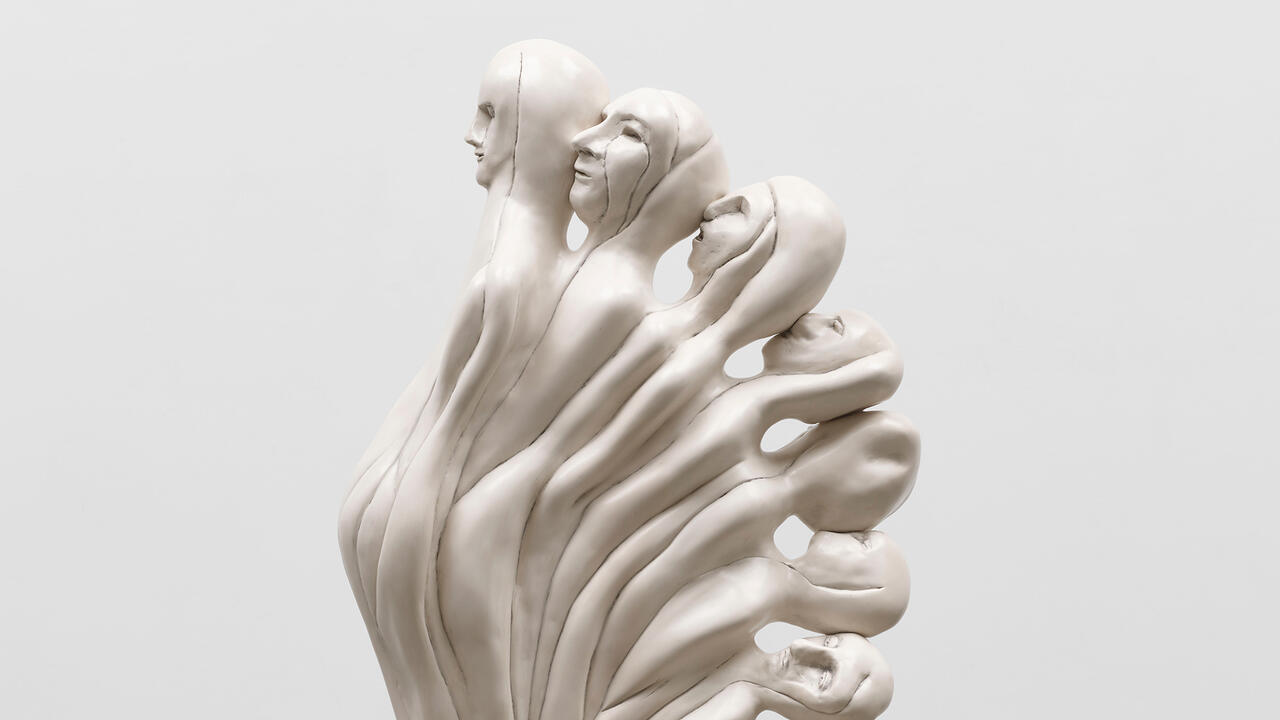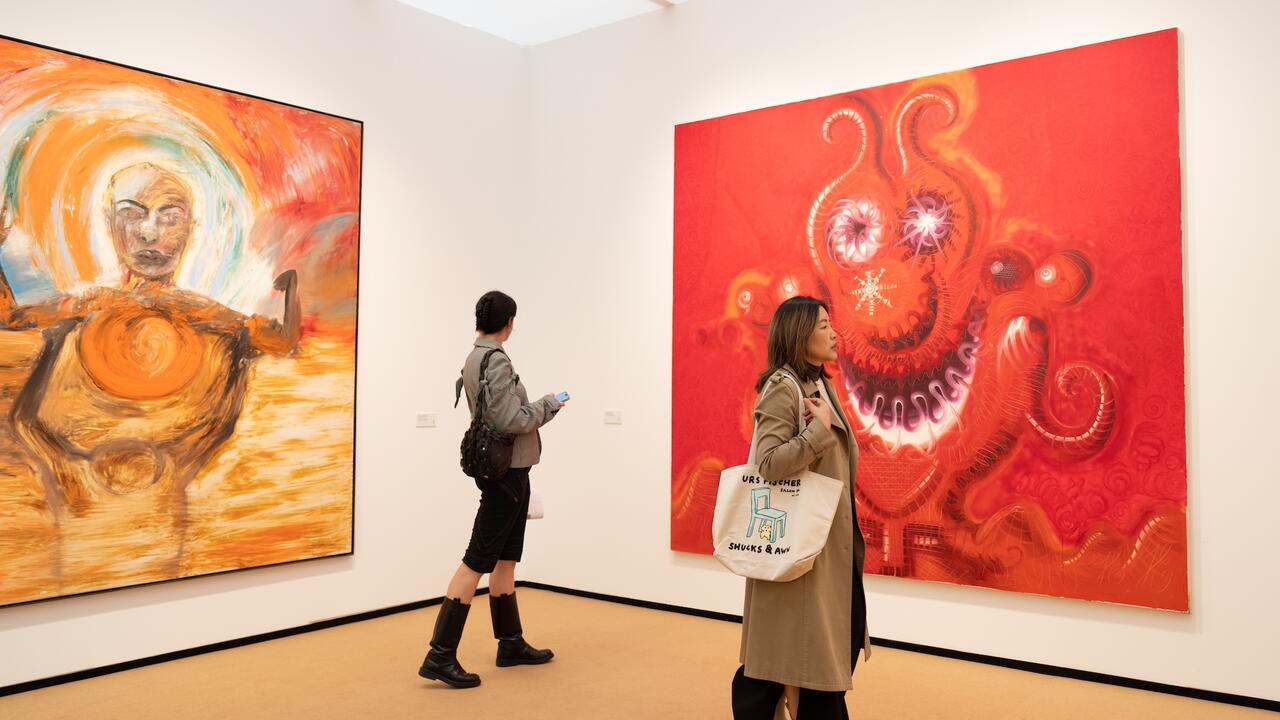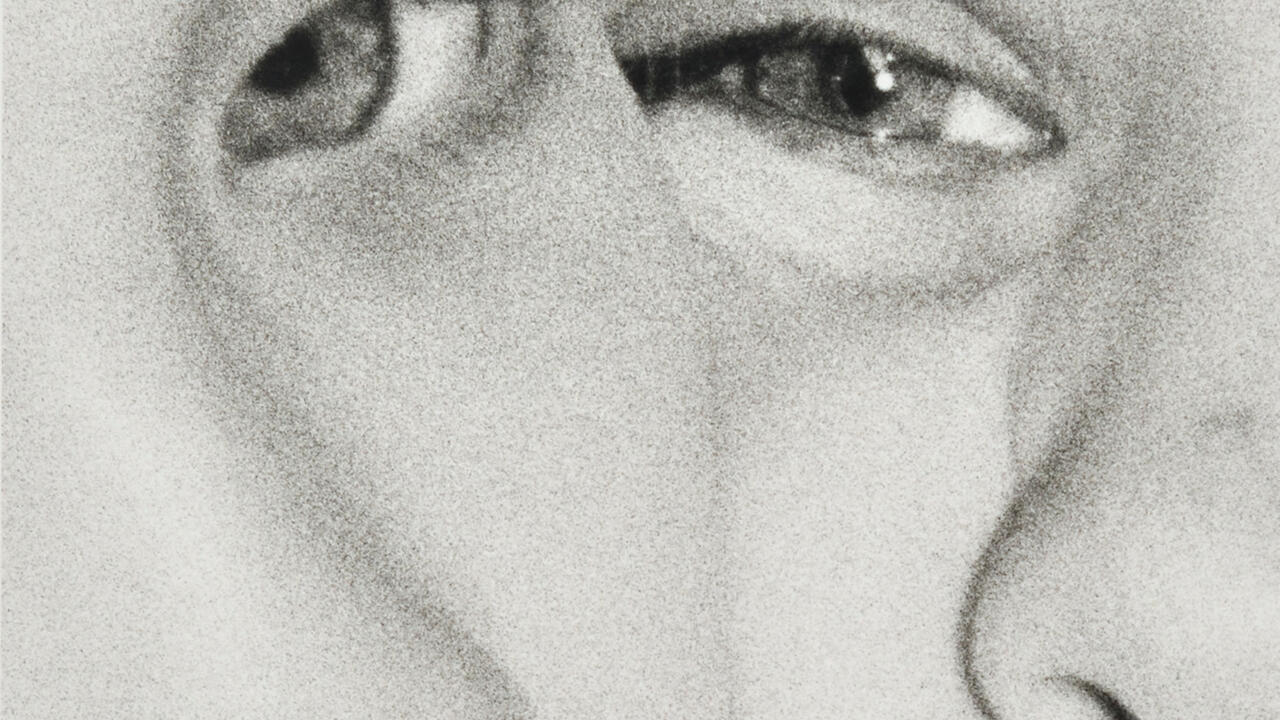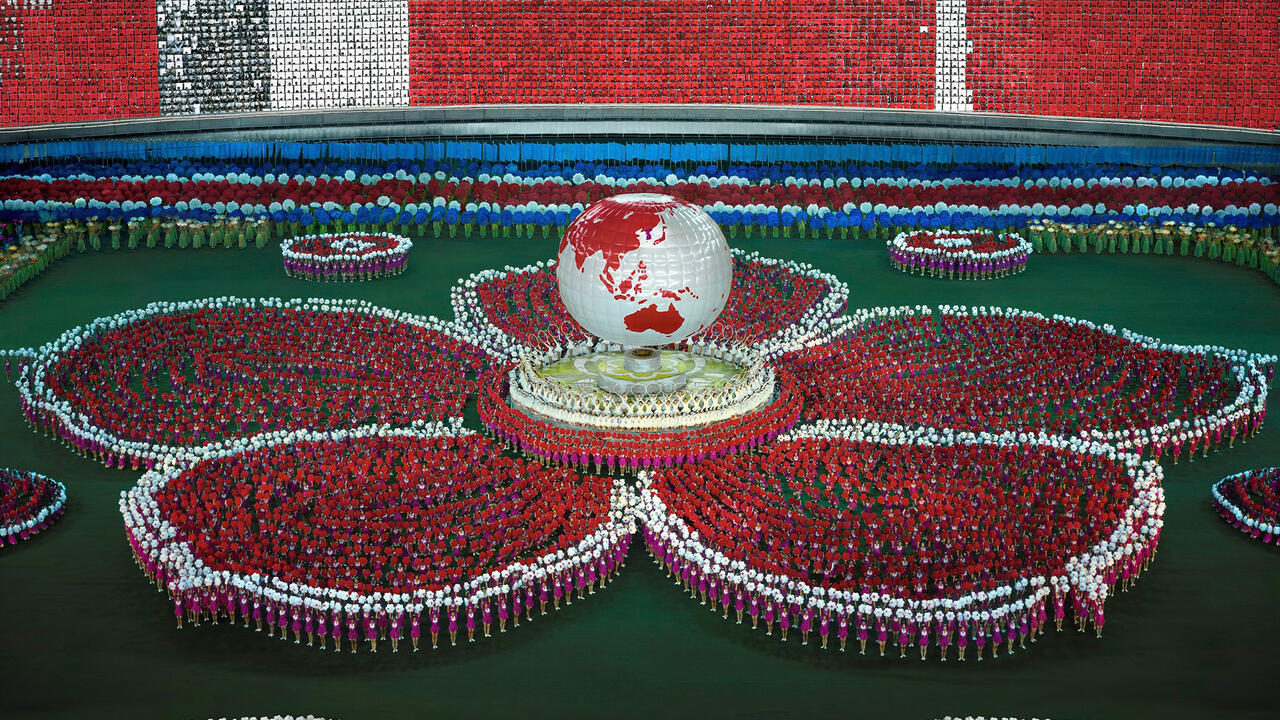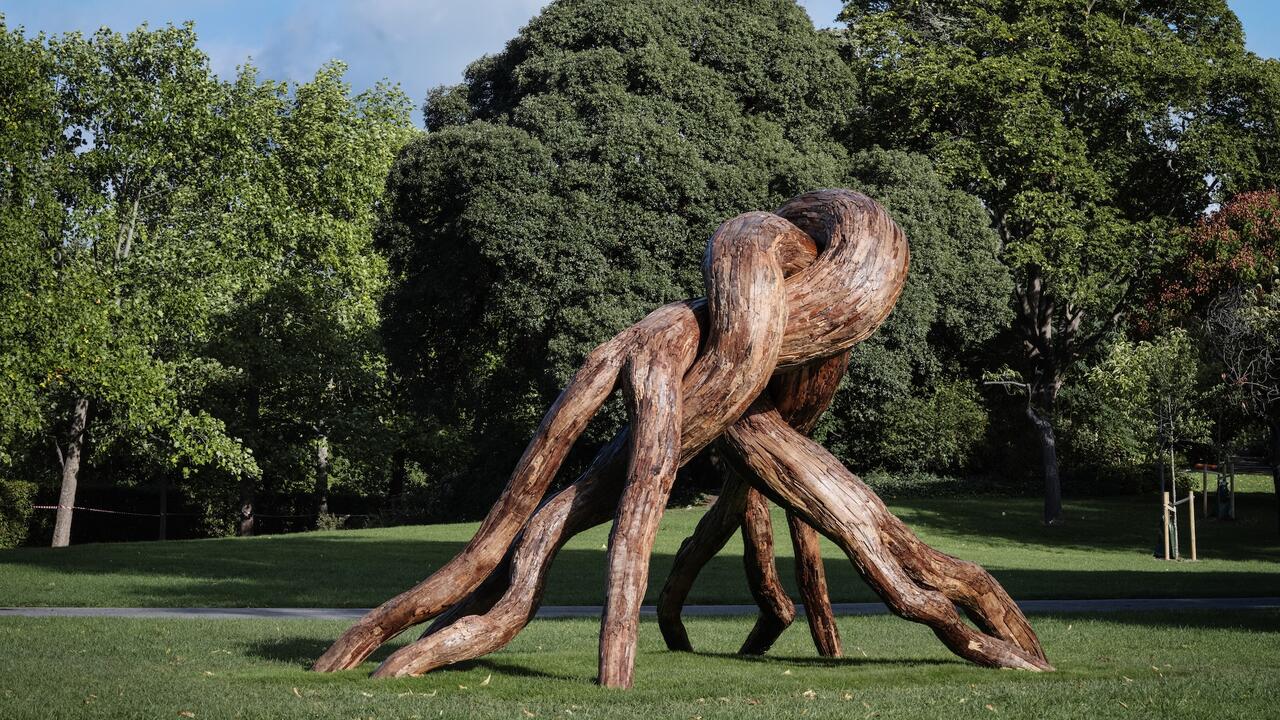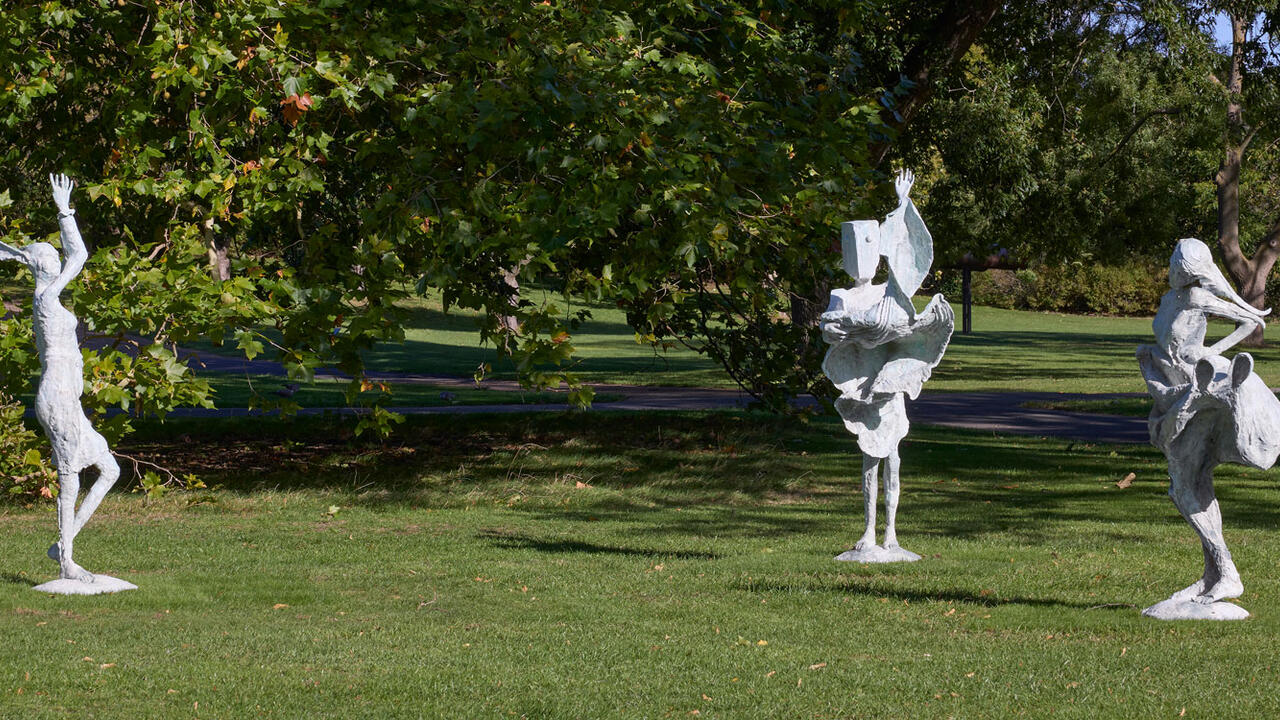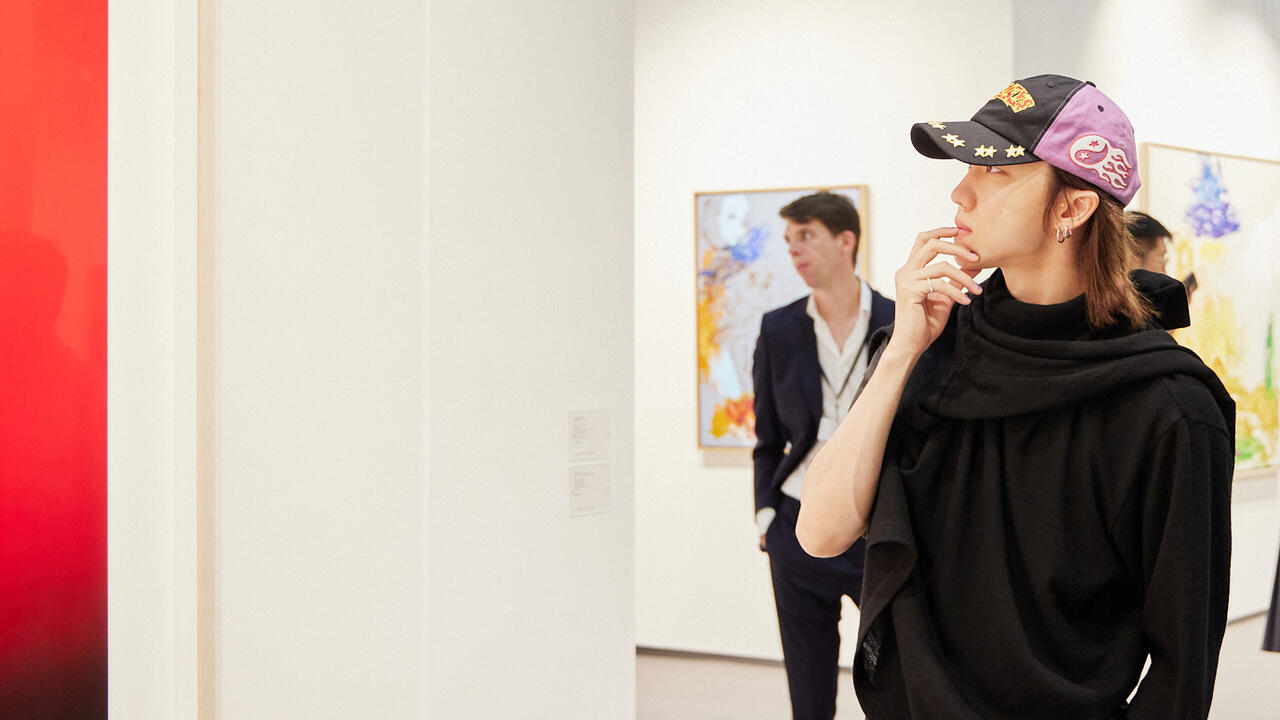The Unthought Known
White Cube, London, UK
White Cube, London, UK

Sometimes, by fortune or good judgement, the arrangement of works in a gallery and the connections between those works take on a particular potency. The attention of the onlooker is heightened but evenly distributed between every detail and every chance for cross-comparison; works by varied artists come to each other's aid. So it was with 'The Unthought Known'. Not mentioned in Daniel Birnbaum's catalogue essay is the fact that the exhibition takes its title from the psychoanalyst Christopher Bollas, whose books include The Shadow of the Object (1987) and Being a Character (1992). Bollas' writings are among the best the tradition has produced, being thoroughly informed by aesthetic knowledge, imaginative of forms of traffic between case study and society, and in other ways deserving of attention. 'The unthought known' refers to the ways in which individuals may organize their lives around an event or a traumatic pattern of experiencing that, although at some deep level known, can only with difficulty be claimed for conscious thought. It was the complex modes of disclosure in some of the sculptural works that really made their juxtaposition with Bollas' phrase productive.
Miroslaw Balka's work 250x200x19, 2x(60x40x14) (2001), titled after its dimensions, begins in the entrance of the gallery. It comprises two low, arch-topped white Perspex wall pieces with five low-wattage lights in each, their arrangement bilaterally symmetrical but not geometrical. This symmetry distantly recalls that of the human form. At a considerable distance further into the gallery, but also part of the work, is a rectangular carpet rolled over at one end. Into it two rectangular holes have been cut, the space filled with salt so as to create a continuous surface. The polished concrete floor is nowhere visible through the salt, and the sculpture makes you imagine that the rectangles can be 'rolled' into the unseen part of the carpet, although you know this to be impossible. How does a plane relate to a volume? Clay Ketter's works also grow from this question. It is unclear how viewers are meant to tell a good one from a bad, but they usefully lower the temperature. Two wall pieces are the paintings made when domestic shelving has been removed from a backboard: the swirls of plaster and texture and pastel colours of enamel paint you discover when leaving an address or gutting one newly arrived at. Also lowering the temperature are three paintings by Luc Tuymans, Ice I-III (1992), a handle, perhaps of a refrigerator, a limp glove (perhaps rubber) and what could be old-fashioned metal ice trays.
Back to Balka: 190x190x47, 2x(55x25x20) (1992) is a cross made from planks, but parallel to the floor and suggesting itself as seating. Two child-size plank seats, at a lower level, look on. The planks are spotted with small red holes sealed with wax, but there are too many of them to represent the stigmata. They are also to be found on the props that support the cross at right angles, and on the edges of the planks, not just on the front of the cross itself. There is no figure that, stretched around these right angles, could have made them. To join these dots is to describe the form of an implied but topologically impossible figure; a volume whose connection with the plane is uncertain. Balka is not lazily exploiting the central image of Christianity as though its function is understood, in Polish history or elsewhere, but presenting it as an exploded form still to be thought.
Doris Salcedo's centrally placed untitled work from 2001 is made from the union of a wardrobe and a glass-fronted bookcase on its side; both objects give the appearance of having been filled with grey concrete (in which are fragments of delicate white curtain and a grey jacket). This sounds like imagery of suffocation and loss, allusions to the onlooker's received idea of what a civil war sculpture or memorial might resemble. But the bookcase had been subtly pierced or burnt by metal rods, and it was worryingly impossible from sight to reconstruct their journey. The piece made from concrete and a polished wooden chair, facing the wall, offered the same puzzle in the rods that emerged from it. Are they armature for a new form or the agents of damage to an existing one? Metal in these works presents itself as something that pierces or burns, but this definition then unmakes itself. The concrete of the chair piece, too, is not casting pure and simple; the top has been worked with a chisel, and concrete, as a material, does not like to be worked (as Peter Schjeldahl wrote in his Scott Burton essay, a rhapsody to concrete). Next to the chair, hardly noticed, a vent in the wall emits a small jet of steam that condenses on the floor.
Another wall is punctured by a Robert Gober's Drain (1989) in pewter, and a corner is claimed by the same artist's miraculous birth of a white wax leg, the hair all human and the foot shod with a sock and a worn shoe. The really wrong thing about this is the whiteness, which, in a work comical and undignified, seemed finally worthy of the word traumatic.









